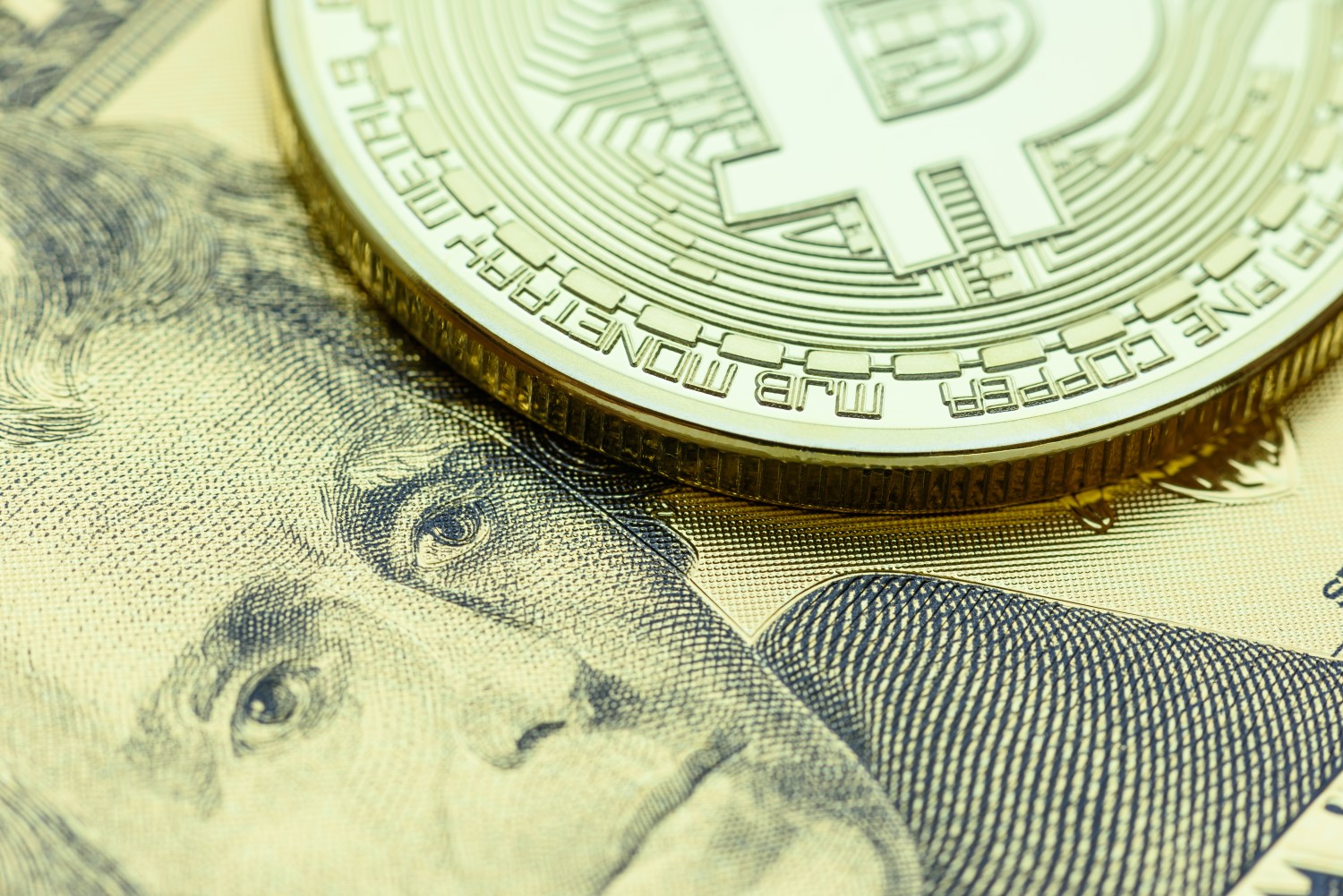Oasis Protocol Adds Shyft Network in Bid to Attract Institutions to DeFi
Oasis Protocol Adds Shyft Network in Bid to Attract Institutions to DeFi
The Oasis Protocol, a public blockchain with an eye on creating a more private and scalable version of decentralized finance (DeFi), has partnered with the compliance-focused Shyft Network.
Announced Thursday, the partnership will deliver anti-money laundering (AML) strictures by leveraging elements of Shyft’s identity system and whitelisting of items/IP addresses, while also protecting users’ commercial and transactional data. There’s also a line to be walked on making DeFi compliant with the General Data Protection Regulation (GDPR), the companies said.
Oasis Labs, creator of Oasis Protocol, raised some $45 million in a private token pre-sale in 2018, backed by Andreessen Horowitz, Binance, Pantera and others.
The Oasis mainnet, which went live in November, is a layer one blockchain that sets out to do the same sort of things as Ethereum, albeit in a way that is potentially more scalable. It also allows developers to run smart contracts that keep data private while allowing for machine-learning computation to run on that private data, according to Oasis Product Lead Luca Cosentino.
Privacy for Oasis means being able to decide what part of your application stays private and what part of your application stays public, he added.
For now, Oasis is about building bridges to the second-largest blockchain, as well as Ethereum-based DeFi apps including Uniswap, Chainlink, Balancer and Meter. Looking ahead, Cosentino sees the potential to unlock a much less limited DeFi universe, which is currently hobbled by high fees, behaviors of self-motivated traders and lack of a reputation system, he said.
“Ethereum is presenting a few problems to the DeFi space in general and on the transparency side of things,” Cosentino said in an interview. “Despite being transparent, it doesn’t offer any information to the other side of the transaction. If I’m an institution and want to participate in DeFi I really can’t because I don’t know who I’m working with on the other side.”
Institutions welcome
The problem, said Suzanne Ennis, senior VP of global partnerships at Shyft Network, is that large liquidity providers are blocked from interacting with the DeFi space because of regulatory constraints and lack of clarity on AML-compliant procedures.
“Regulators, having seen no directionality from the DeFi ecosystem, are forced to comprehend the space with the lens of (potentially obsolete/irrelevant) loosely-matching, past environments that regulations were applied to,” Ennis said via email.
Shyft is known for its work helping crypto exchanges identify one another and exchange data in a way that complies with the Financial Action Task Force (FATF) “Travel Rule” for virtual assets.
In this case, Shyft is shining a light on DeFi counterparties via an identity and reputation system. To some degree it can be likened to credit scoring, said Consentino, but handled in a more decentralized and user-controlled way.
“The partnership with Shyft is important because it creates a digital identity, proving that who you are, who you say you are and that your reputation is attached to your identity in a very complete way,” Cosentino said.
Shyft’s solution does not entail any fundamental changes to the DeFi sector, but rather will augment the industry making it more secure for big players, said Shyft’s Ennis.
As such, DeFi participants will be required to provide proof of their identity that will be used to whitelist their addresses, she added. Whitelisted addresses will be able to interact with both the DeFi providers and mainstream institutions freely as they bear a higher level of trust.
“The tool will enable both decentralized and centralized entities to continue … providing liquidity without fear of falling victim to bad actors,” Ennis said.








